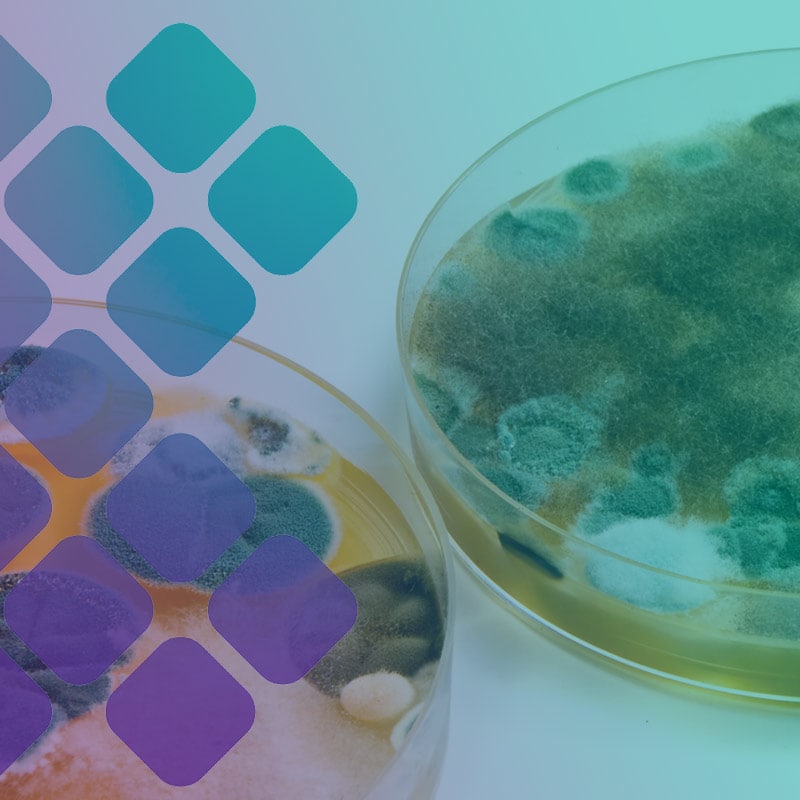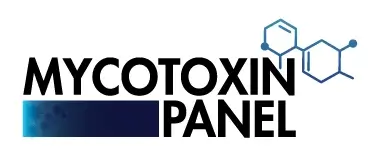How Mycotoxin testing Services Can Secure Your Products
How Mycotoxin testing Services Can Secure Your Products
Blog Article
How Mycotoxin Screening Helps Protect Against Contamination and Safeguard Food Products

Mycotoxin testing is an essential method in the food market, working as a frontline protection against contamination by harmful toxic substances generated by molds. Via the application of advanced methods like High-Performance Fluid Chromatography (HPLC) and Liquid Chromatography-Mass Spectrometry (LC-MS), food producers can properly discover and evaluate mycotoxin levels in farming items. This proactive approach not just makes certain conformity with strict safety guidelines however also mitigates health and wellness threats to consumers. Moreover, normal testing fortifies brand name reputation and financial health by reducing contamination-related incidents. So, exactly how exactly do these testing procedures integrate right into the broader food security technique?
Comprehending Mycotoxins
Recognizing mycotoxins starts with acknowledging that they are toxic second metabolites created by specific mold and mildews, which can pollute farming products. These metabolites are not necessary for the development or reproduction of the fungis yet can have serious ramifications for animal and human health. Mycotoxins are commonly located in staple plants such as corn, wheat, barley, and nuts, where they can multiply under certain problems of wetness and temperature level.
There are numerous types of mycotoxins, each produced by various fungal varieties. Fusarium types create trichothecenes and fumonisins, both of which are connected with numerous acute and chronic wellness concerns.

Threats of Mycotoxin Contamination
The risks of mycotoxin contamination are multifaceted, posturing substantial dangers to both food safety and security and public health. Mycotoxins, toxic substances generated by certain kinds of fungis, can infect a broad range of farming items consisting of cereals, nuts, seasonings, dried out fruits, and coffee.
Economic influences are one more significant problem. Infected plants can cause considerable financial losses for farmers and food manufacturers due to reduced yields and the need for expensive purification measures. Global trade can be substantially impeded as nations enforce rigorous mycotoxin guidelines to secure their populaces, leading to denied deliveries and strained trade relationships.
Ecological aspects such as environment modification intensify the risk of mycotoxin contamination. Variants in temperature level and humidity can produce favorable conditions for fungal development, increasing the possibility of contamination events. Hence, understanding and reducing these dangers are important for guaranteeing the safety and security and integrity of worldwide food products.
Techniques of Mycotoxin Evaluating
Precisely determining mycotoxin contamination in agricultural products is vital for protecting public health and wellness and preserving food security standards. Various approaches are employed to discover and measure mycotoxins, each offering particular advantages and constraints.
High-Performance Liquid Chromatography (HPLC) is a commonly made use of technique because of its high level of sensitivity and accuracy. It involves dividing mycotoxins from other materials in a sample, allowing accurate metrology. Liquid Chromatography-Mass Spectrometry (LC-MS) integrates fluid chromatography with mass spectrometry to provide thorough molecular details, making it specifically valuable for recognizing numerous mycotoxins at the same time.

Gas click this link Chromatography-Mass Spectrometry (GC-MS) and Thin-Layer Chromatography (TLC) are likewise employed, each with distinct applications. GC-MS is reliable for unpredictable mycotoxins, while TLC offers a simpler, cost-efficient alternative for initial screening.
Benefits of Regular Checking
Routine screening for mycotoxins in agricultural products offers countless benefits, considerably contributing to public health and wellness and food security. By recognizing contamination early, normal screening assists prevent the circulation of hazardous foods, thereby lowering the danger of mycotoxin-related ailments amongst consumers. This proactive technique not only safeguards human health and wellness however likewise enhances the total quality of food supplies.
Different nations and areas have developed strict limits for mycotoxin levels in food and feed. Adhering to these restrictions with normal testing makes certain that producers and suppliers fulfill lawful requirements, thus avoiding penalties and profession obstacles.
In addition, regular mycotoxin screening can cause substantial financial advantages. Early discovery of contamination allows for timely treatment, minimizing prospective losses from prevalent contamination. Applying routine screening methods can likewise reduce recall expenses and pop over to this site relevant responsibilities, which can be economically ravaging.
Additionally, routine screening offers important information that can inform better agricultural practices and storage space conditions. By comprehending patterns of contamination, producers can take on safety nets, therefore adding and minimizing future threats to the sustainability of the food supply chain.
Carrying Out Checking Methods
Carrying out effective mycotoxin testing methods is essential for ensuring the safety and quality of agricultural items. Each phase should be inspected to identify where mycotoxin contamination is most likely to occur.
When important control points are determined, choosing proper screening methods is essential. Typical strategies consist of enzyme-linked immunosorbent assay (ELISA), high-performance liquid chromatography (HPLC), and mass spectrometry (MS) Each technique has its weak points and strengths; therefore, picking the appropriate one depends on the details mycotoxin being evaluated, the called for sensitivity, visit homepage and available sources.

Lastly, integrating the testing procedures right into a thorough food safety and security administration system is suggested. This improves traceability and allows speedy corrective activities when contamination is found, consequently safeguarding the integrity of the food supply chain.
Verdict
Mycotoxin screening is important in preventing contamination and protecting food supplies by making it possible for early detection of unsafe contaminants produced by molds in agricultural products. Advanced approaches such as HPLC and LC-MS ensure compliance with safety laws and shield customers from wellness risks. Regular testing boosts brand name credibility, monetary stability, and rely on food safety by decreasing contamination-related losses and preserving high standards in food production. Applying strenuous screening methods is therefore necessary for the market's general wellness.
Mycotoxin screening is an important technique in the food market, offering as a frontline defense versus contamination by harmful contaminants produced by molds. An incorporated strategy involving farming methods, storage administration, and routine screening can mitigate the dangers linked with mycotoxin contamination, making certain food safety and public health.
The threats of mycotoxin contamination are multifaceted, posturing significant threats to both food safety and public wellness.Regular testing for mycotoxins in agricultural items uses countless benefits, substantially contributing to public wellness and food safety and security.Mycotoxin screening is essential in protecting against contamination and protecting food products by allowing early detection of harmful toxic substances produced by mold and mildews in agricultural items.
Report this page